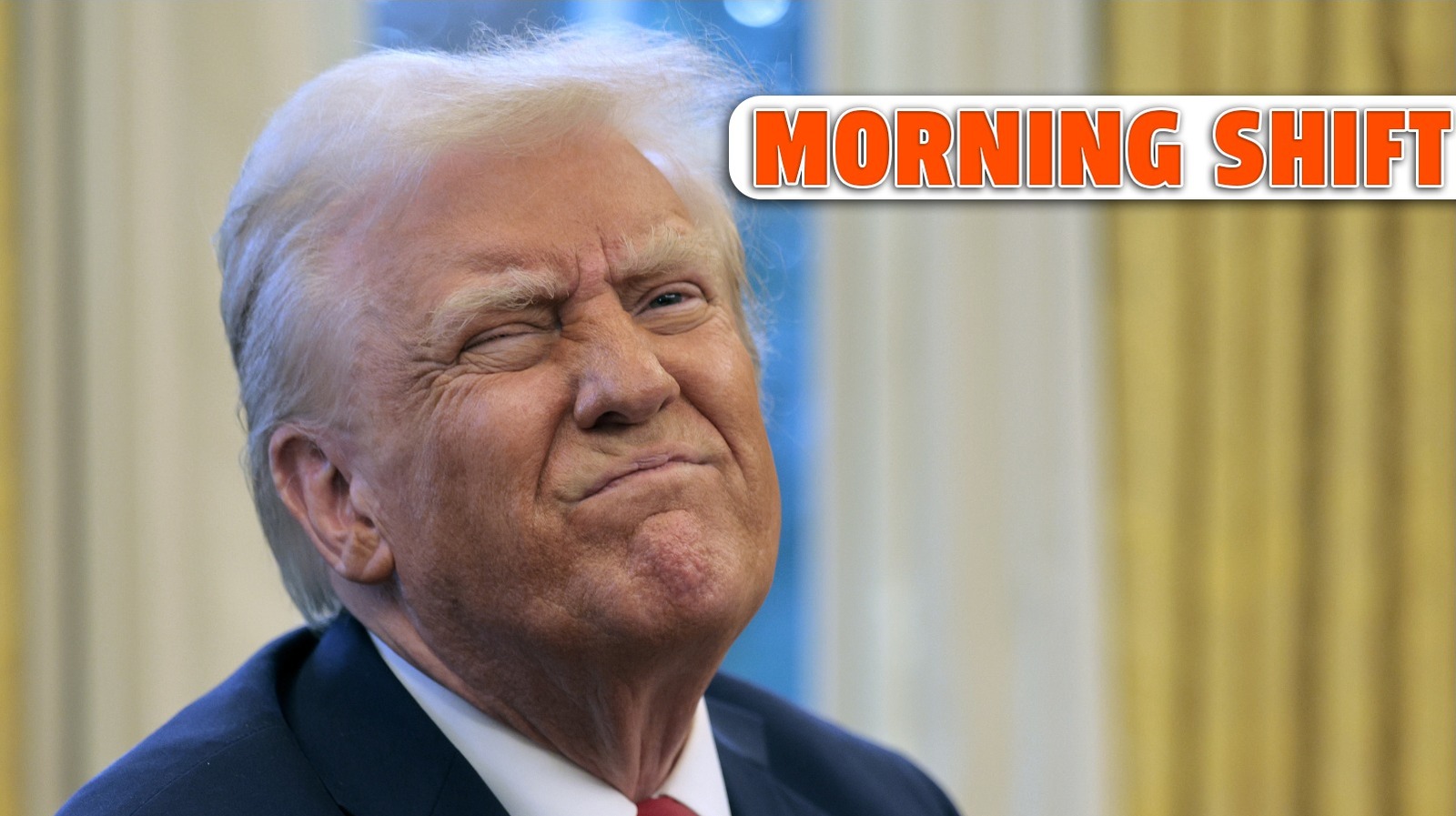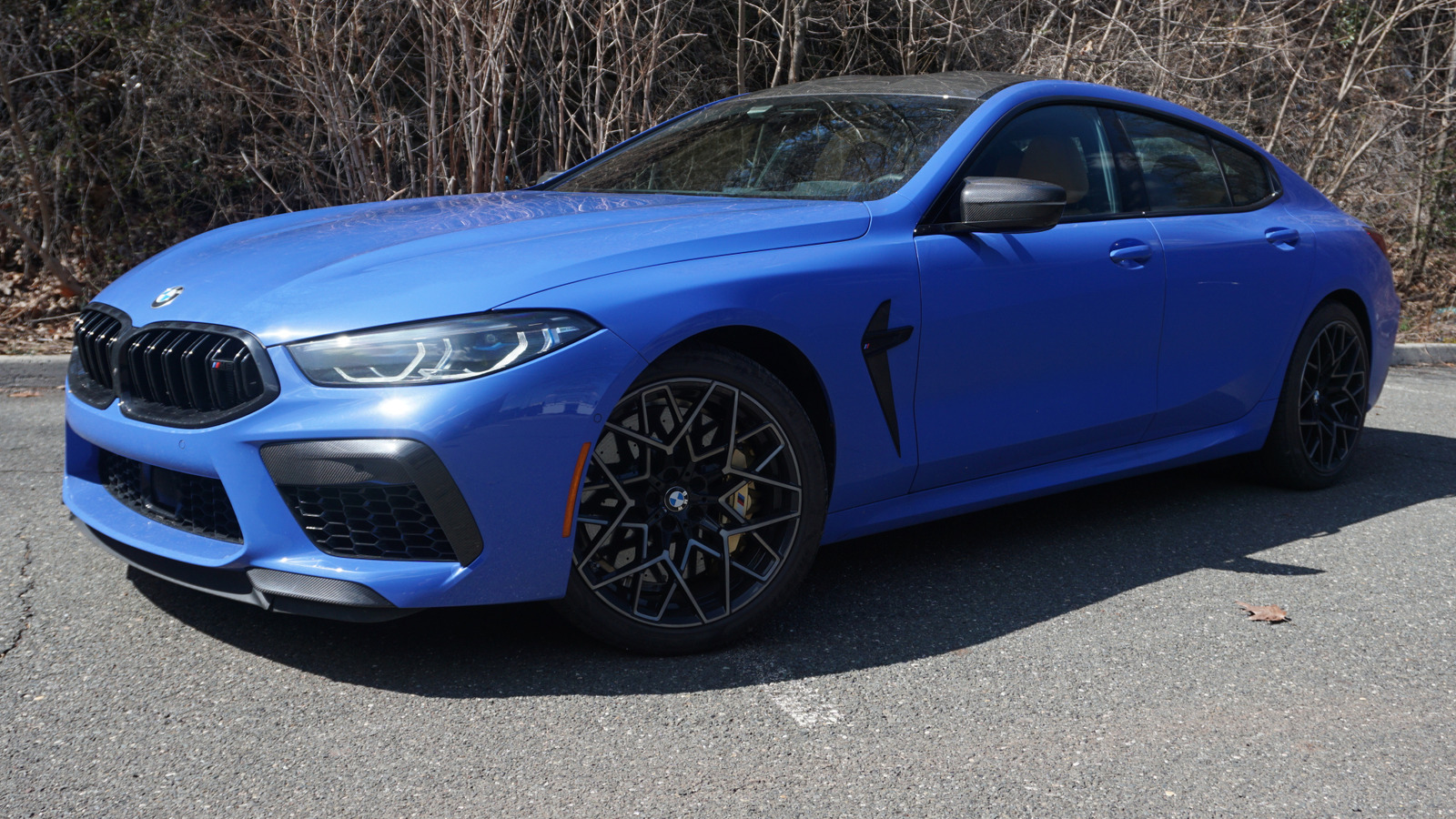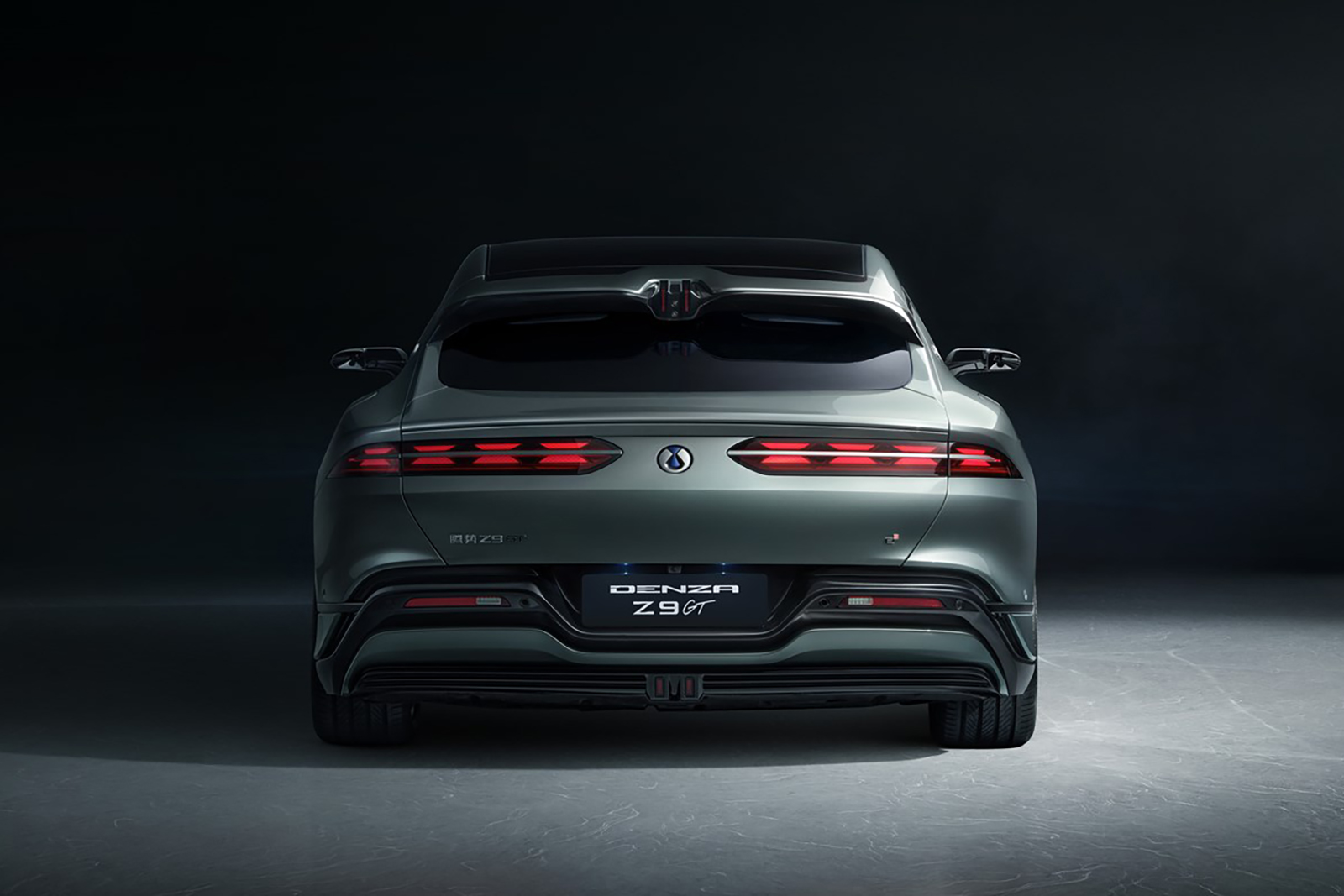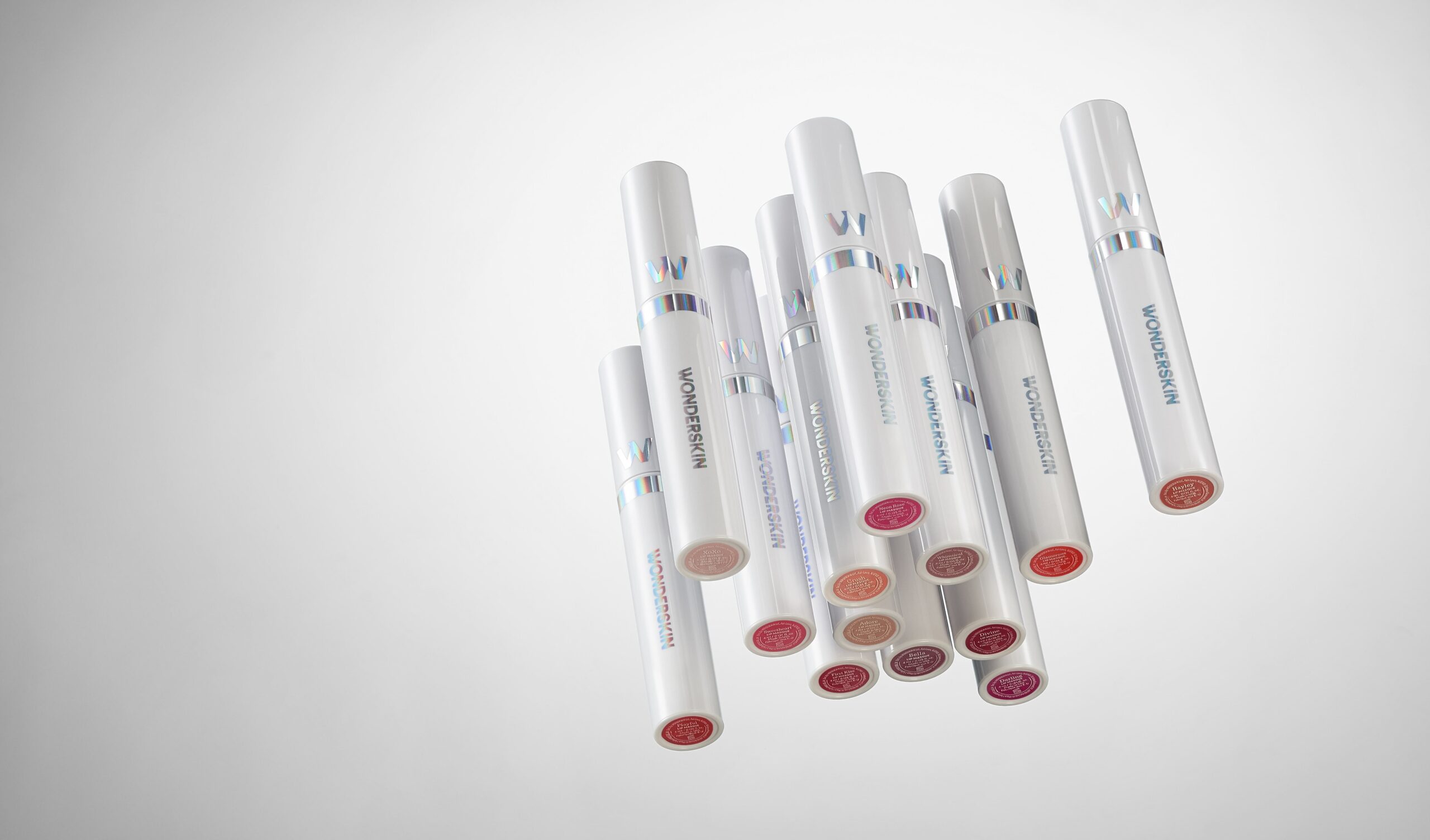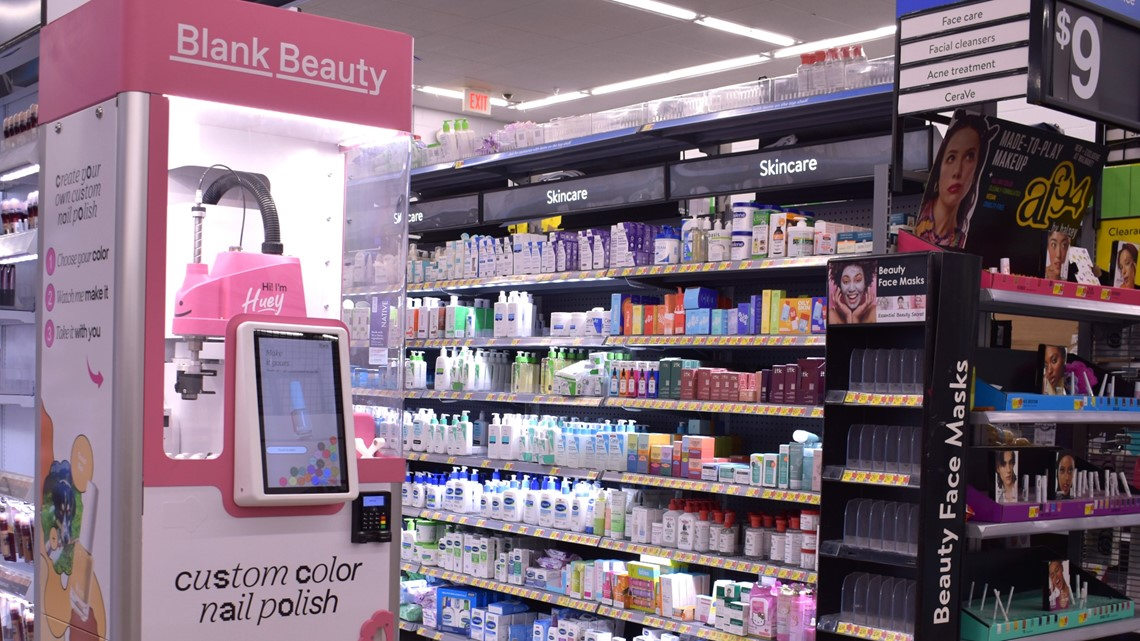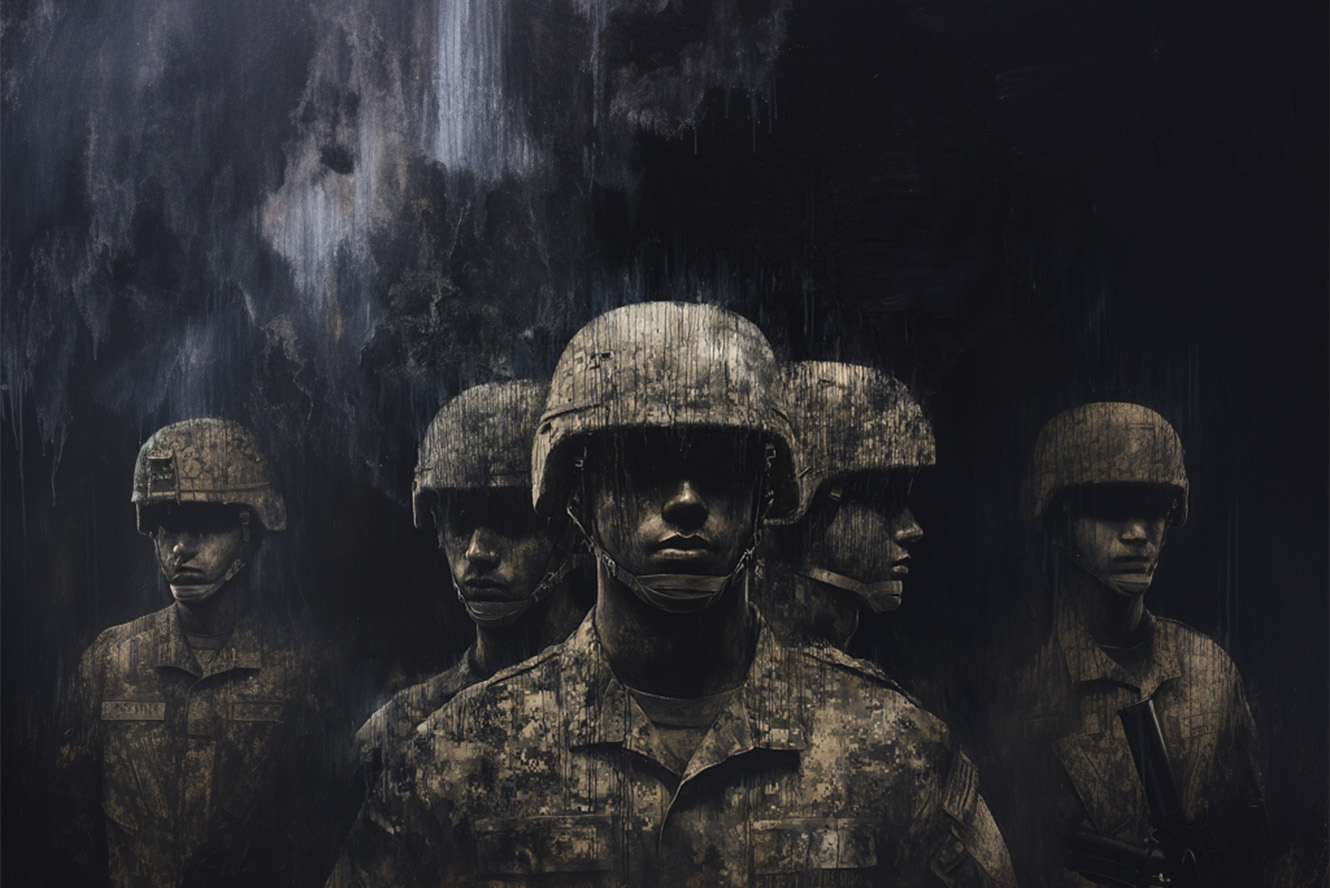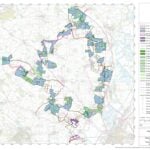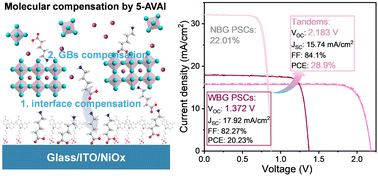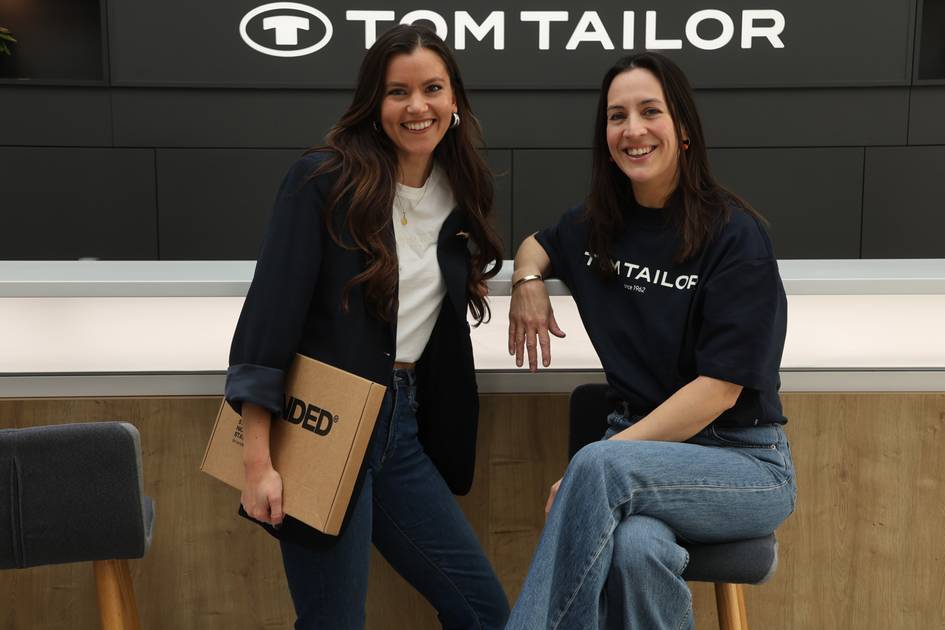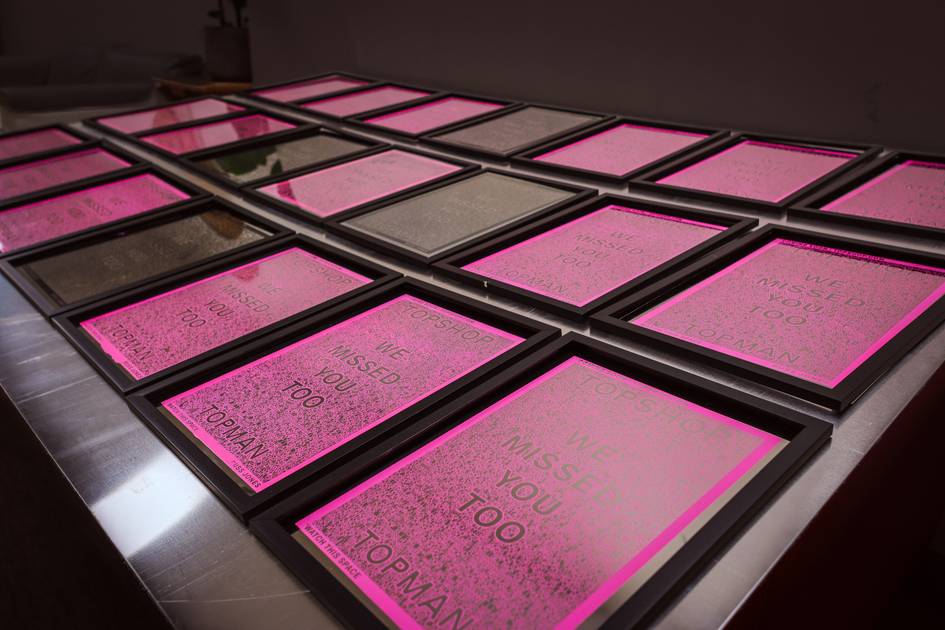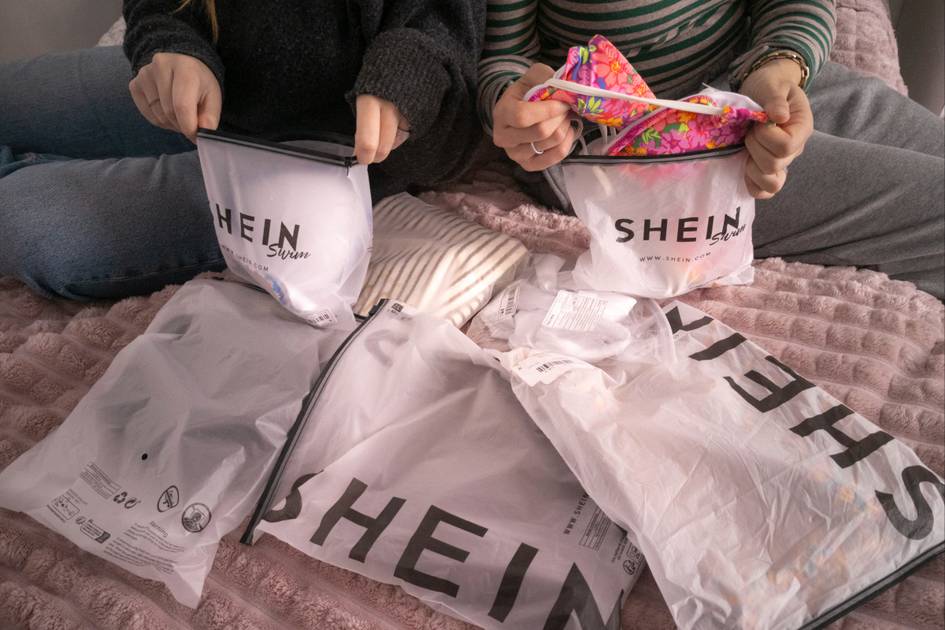Pinterest leverages AI to streamline fashion e-commerce
Pinterest Visual Search Credits: Pinterest Pinterest is making a calculated play to shift how consumers discover and shop for fashion online, leaning into its visual-first heritage with an upgraded suite of image-based search tools. The platform’s latest product update, now live in key markets including the US, UK and Canada, positions it less as a social media outlet and more as a personalised discovery engine for fashion commerce. For an industry long dependent on keyword-based search—limited by the user's vocabulary and precision—Pinterest’s approach marks a subtle but potentially significant shift. At the core of the update is a blend of generative AI and what Pinterest calls “Visual Language Models” (VLMs). These systems translate visual cues—silhouettes, fabrics, colour palettes—into searchable metadata, effectively giving users the language they may lack to articulate their style preferences. The technology enables automatic generation of descriptive tags from any fashion image, with enhanced object detection highlighting individual items within a photo. Users can refine results by style category (such as "Y2K" or "minimalist"), occasion, or material. This adds an extra layer of granularity, bringing Pinterest closer to becoming a visual version of a curated, AI-powered department store. From an industry perspective, this is less about flashy innovation and more about evolving how intent is captured and converted into transaction. Visual commerce, long a buzzword, gains fresh traction here—particularly as Pinterest integrates the functionality seamlessly into its existing feed experience, allowing shoppers to trigger search just by long-pressing on any Pin. Visual commerce For fashion brands, the implications are clear: Pinterest’s growing ability to map visual interest to purchasable product represents a new battleground in the fight for digital shelf space. The company is betting that by reducing the friction between inspiration and purchase, it can drive deeper engagement and, ultimately, conversion. While the company has not disclosed plans for broader monetisation or direct brand integrations tied to these features, the move aligns with a broader trend toward more intuitive, AI-driven shopping experiences—ones that blend discovery, search, and commerce into a single user flow. The rollout begins with women’s fashion but is expected to expand across categories and markets. For fashion professionals navigating the convergence of technology and retail, Pinterest’s latest update is a strong signal: the future of fashion search may not start with words, but with what catches the eye.

Pinterest is making a calculated play to shift how consumers discover and shop for fashion online, leaning into its visual-first heritage with an upgraded suite of image-based search tools. The platform’s latest product update, now live in key markets including the US, UK and Canada, positions it less as a social media outlet and more as a personalised discovery engine for fashion commerce.
For an industry long dependent on keyword-based search—limited by the user's vocabulary and precision—Pinterest’s approach marks a subtle but potentially significant shift. At the core of the update is a blend of generative AI and what Pinterest calls “Visual Language Models” (VLMs). These systems translate visual cues—silhouettes, fabrics, colour palettes—into searchable metadata, effectively giving users the language they may lack to articulate their style preferences.
The technology enables automatic generation of descriptive tags from any fashion image, with enhanced object detection highlighting individual items within a photo. Users can refine results by style category (such as "Y2K" or "minimalist"), occasion, or material. This adds an extra layer of granularity, bringing Pinterest closer to becoming a visual version of a curated, AI-powered department store.
From an industry perspective, this is less about flashy innovation and more about evolving how intent is captured and converted into transaction. Visual commerce, long a buzzword, gains fresh traction here—particularly as Pinterest integrates the functionality seamlessly into its existing feed experience, allowing shoppers to trigger search just by long-pressing on any Pin.
Visual commerce
For fashion brands, the implications are clear: Pinterest’s growing ability to map visual interest to purchasable product represents a new battleground in the fight for digital shelf space. The company is betting that by reducing the friction between inspiration and purchase, it can drive deeper engagement and, ultimately, conversion.
While the company has not disclosed plans for broader monetisation or direct brand integrations tied to these features, the move aligns with a broader trend toward more intuitive, AI-driven shopping experiences—ones that blend discovery, search, and commerce into a single user flow.
The rollout begins with women’s fashion but is expected to expand across categories and markets. For fashion professionals navigating the convergence of technology and retail, Pinterest’s latest update is a strong signal: the future of fashion search may not start with words, but with what catches the eye.











